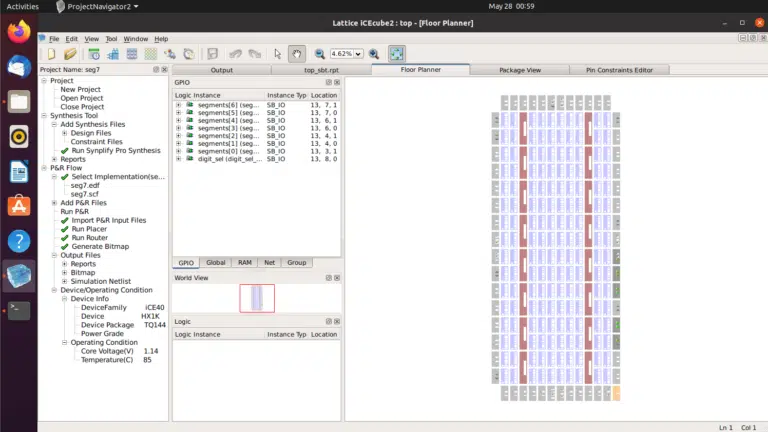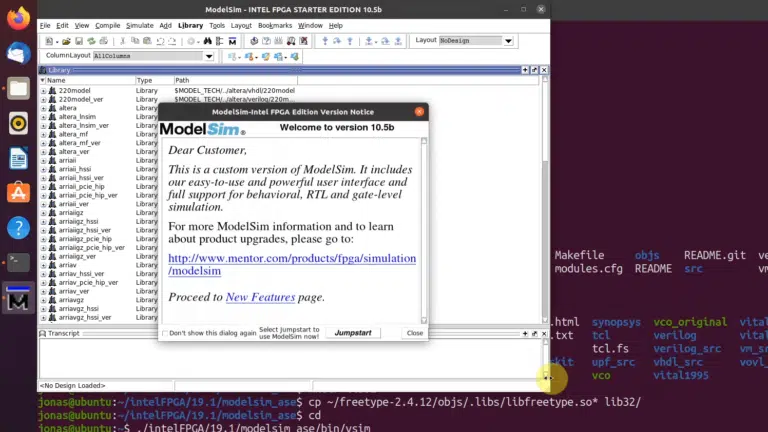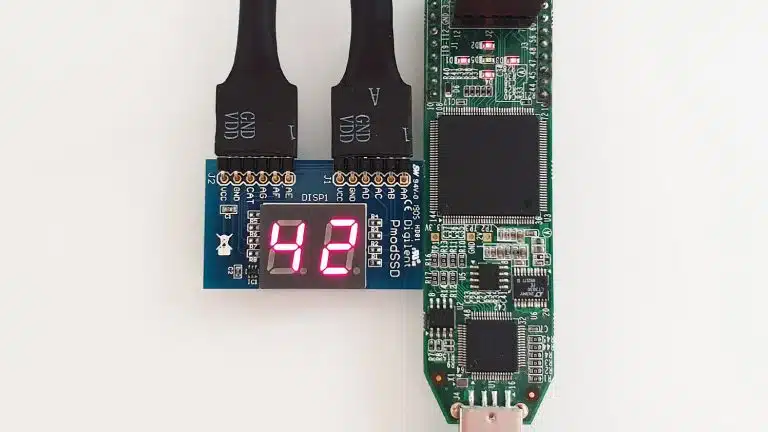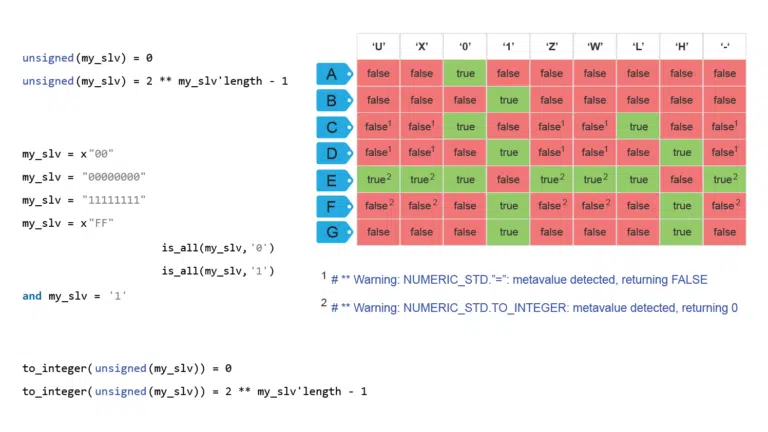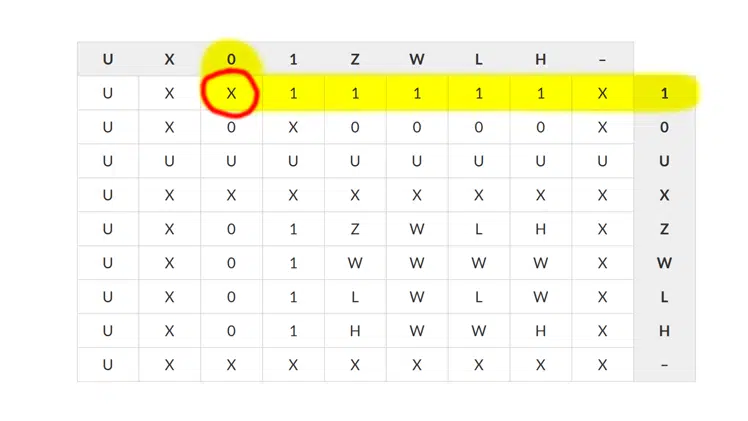Should I learn VHDL if Verilog is becoming more popular?
Which HDL is the most popular, and should I learn VHDL or Verilog? That’s a question I often get asked, and it’s understandable. People want to future-proof their learning by betting on the winning horse. But which one is it, and does it matter?



